YOUR CART
- No products in the cart.
Subtotal:
$0.00
BEST SELLING PRODUCTS

Both natural and synthetic rattan furniture add aesthetics and elegance to your indoor and outdoor settings. To maintain its aesthetics and appeal, you need to clean your rattan furniture regularly.
However, how to clean rattan furniture? You can go through different cleaning methods based on your furniture needs.
In this rattan furniture cleaning guide, we will describe all possible cleaning methods so that you can clean your rattan furniture without damaging it.
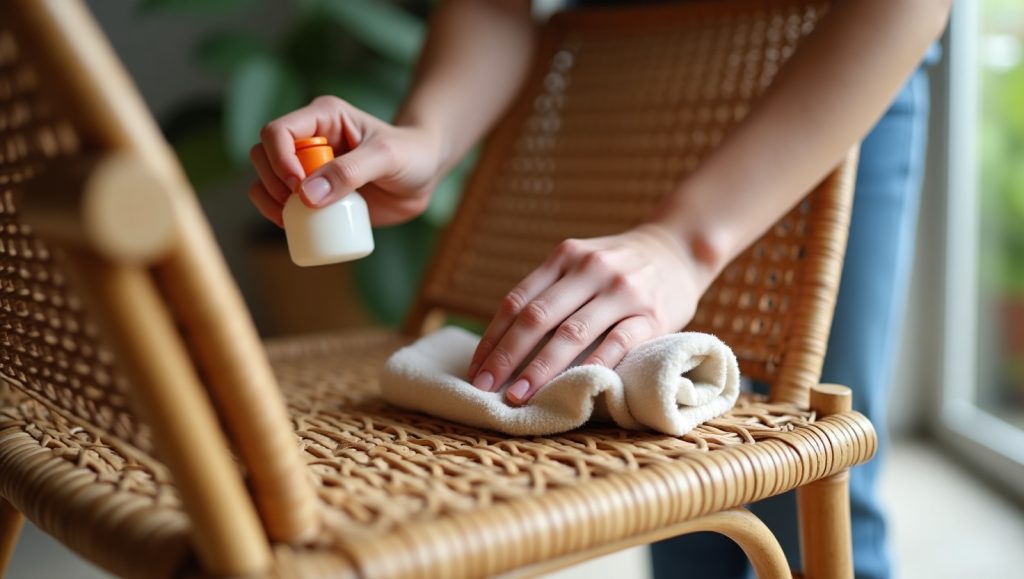
Natural rattan is a type of vine that comes from climbing palm trees. It is native to Southeast Asia, Africa, South China, Malaysia, Vanuatu, Fiji, and the subtropical part of Eastern Australia.
In simple terms, the rattan palm’s long, robust stems are gathered and weaved together. Then they are used to make furniture. In Australia, 60 species of palm trees are found in 21 genera.
On the other hand, synthetic rattan is made from synthetic materials, like polyethene (PE), polypropylene, PVC, or nylon. The materials are then weaved to form synthetic rattan to mimic natural rattan.
Both natural and synthetic rattan are used in making furniture, especially outdoor furniture. This is because of their durability and aesthetics.
Also, natural rattan vines are flexible when harvested. This allows artisans to shape and weave them into intricate furniture designs.
Natural rattan is woven into furniture in its raw form. This gives furniture pieces an authentic and warm aesthetic. But it also makes them vulnerable to environmental factors like moisture and sunlight. This can lead to cracking, fading, or mould growth.
On the other hand, synthetic rattan is crafted from durable, UV-resistant resins. This provides greater resilience to outdoor conditions. Synthetic rattan is more resistant to moisture, mould, and sun damage.
However, both types of rattan require cleaning to prolong their lifespan. Regular cleaning lets you keep your rattan furniture looking beautiful for years. This will prevent damage caused by moisture, sun, and dirt.
Here, we have discussed all effective methods to clean rattan furniture for both natural and synthetic rattans.
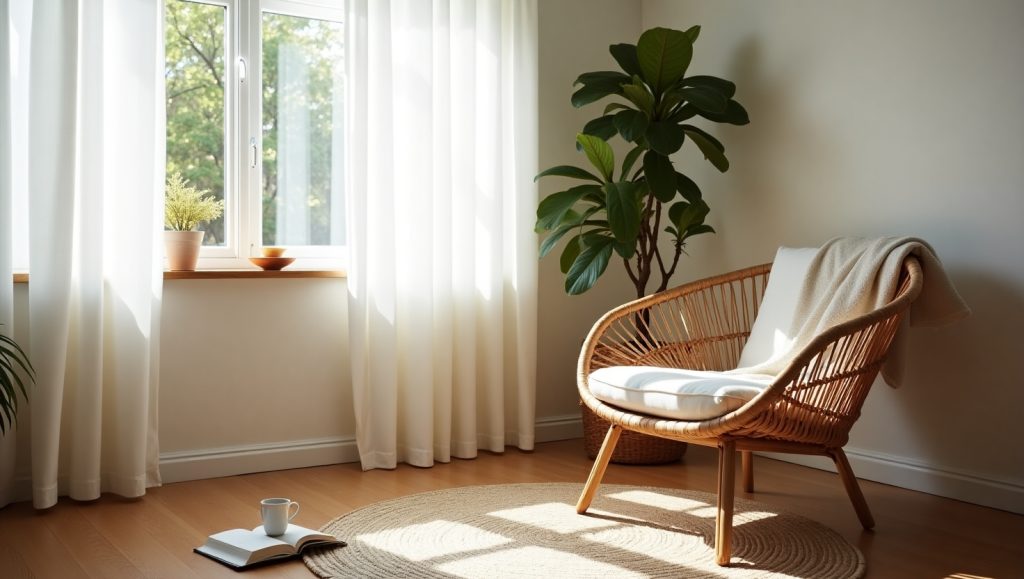
Before starting the cleaning process, ensure the following components are available. These will require different steps of cleaning.
To retain the aesthetic, appeal and function of your pieces of rattan furniture, you should clean them regularly.
However, if your rattan furniture isn’t affected by stains, regular dusting is the easiest way to maintain the appearance. Whether natural or synthetic rattan furniture, dust can settle into the crevices and cracks.
So, regular vacuuming and dusting of rattan furniture will give you a fresh look every time.

You should react fast when spills and stains occur on your rattan furniture. Spot cleaning with a mild detergent for rattan or soap solution works well in this case to remove the stains immediately. This same method works for both natural and synthetic rattan furniture.
Generally, household dish soap contains 15-30% anionic surfactants and 5-15% non-ionic surfactants. Both compounds take part in cleaning stains, dirt, grime, etc.
Sometimes, only dusting and spot cleaning aren’t enough to remove all stubborn stains from rattan furniture. In this case, you need a deep clean to clean your furniture thoroughly.
Here are the methods discussed for deep cleaning both your natural and synthetic rattan furniture.
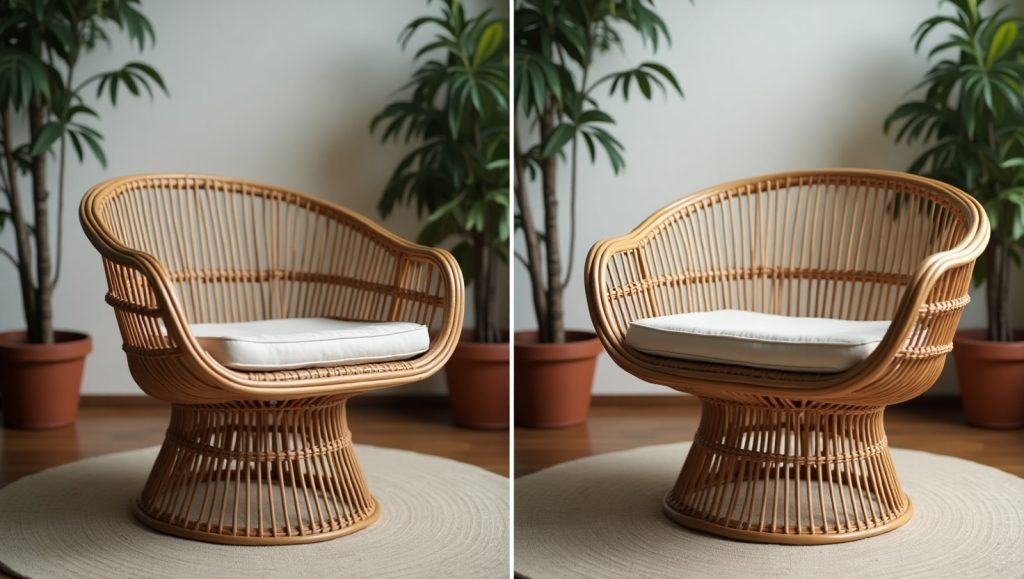
Consider the following cleaning steps as natural rattan cleaning tips for deep cleaning rattan furniture. You must avoid harsh chemicals and wet cleaning for natural rattan furniture.
Because natural rattan is made from organic palm fibres. So it is more sensitive to water and harsh chemicals. Overwetting will cause the fibres to weaken or warp. Harsh chemicals will fade the colour and damage the structure of natural fibres.
The following are two DIY rattan cleaning solutions for stains in natural rattan. These will also ensure mould removal from rattan.
Baking soda is a gentle abrasive. This is effective in removing stubborn stains from rattan furniture surfaces.
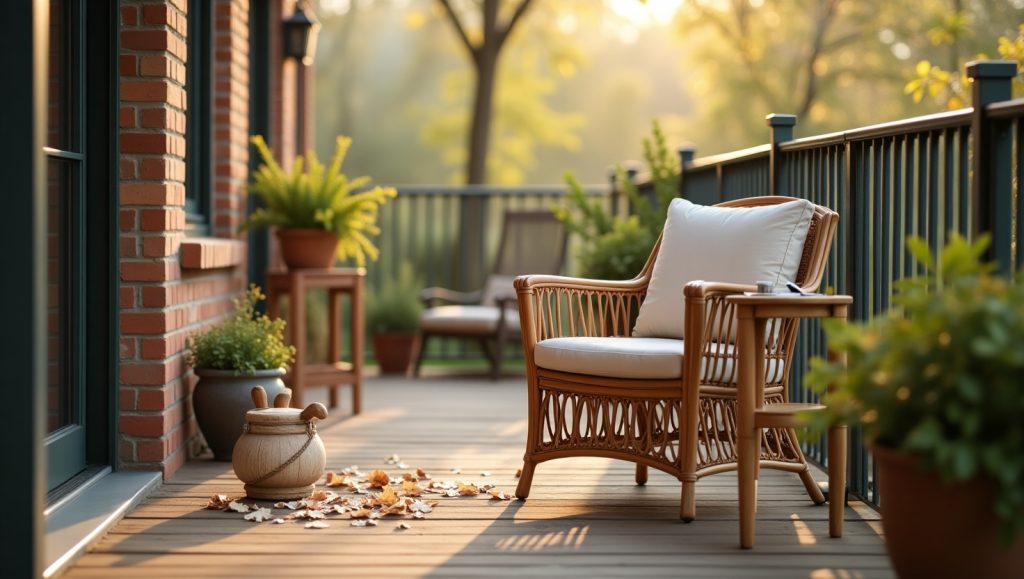
Vinegar is a great natural disinfectant. White or distilled vinegar has 5% to 8% acetic acid. This is effective for mould and rattan furniture stain removal without damaging the materials.
You can use mild detergent and other DIY solutions to deep clean synthetic rattan furniture. But if the stains are so stubborn that the solutions mentioned can’t handle them, you can use bleach and water solution to deep-clean your synthetic rattan furniture.
Household bleach contains 3% to 6% sodium hypochlorite, along with sodium hydroxide, hydrogen peroxide, and calcium hypochlorite.
So, you need to mix it with water in the right portion. If you mix bleach with water that is lower than required, it will create a solution with lower cleaning power.
On the other hand, if you excessively mix bleach with water, it will create strong acid, which may damage your synthetic rattan furniture.
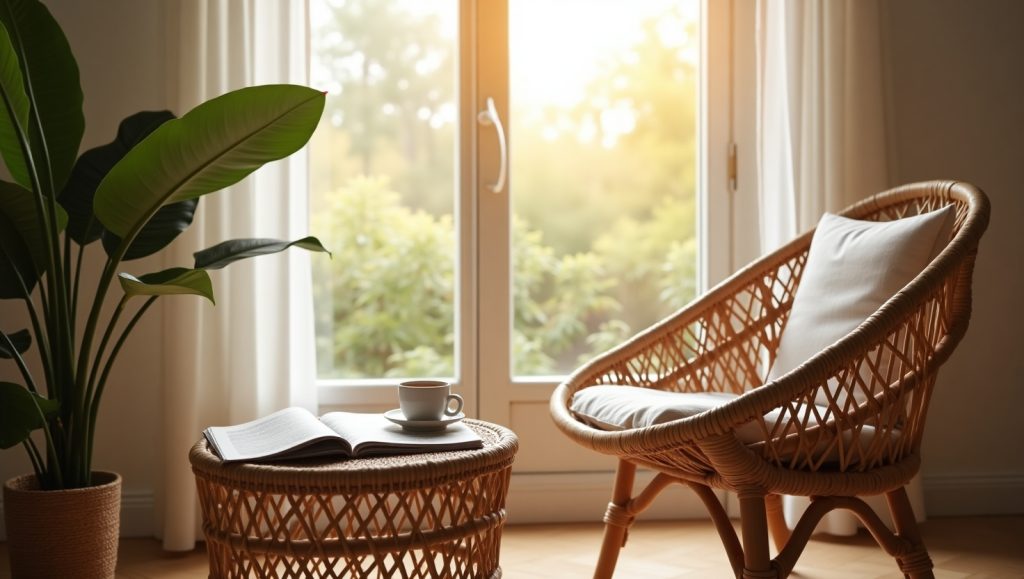
Natural rattan can become brittle when exposed to direct sunlight. At the same time, though synthetic rattan is much more resistant to sunlight than natural ones, it can also fade in prolonged sunlight.
Here are the tips you should follow to maintain your rattan furniture’s appeal and integrity.
Efficient cleaning of your rattan furniture is crucial to maintaining its appeal and functionality. As we discussed here, you can follow the required and best method to properly clean your rattan furniture.
Aside from knowing how to clean rattan furniture, you also should purchase your desired outdoor furniture from trusted sellers. At Outdoor Furniture Co., we have been selling the best outdoor furniture in Brisbane for years.
Our pieces of furniture are well-designed and chemically processed to withstand harsh outdoor weather and other effects efficiently. And we assure you, our well-made furniture needs less cleaning and maintenance.





